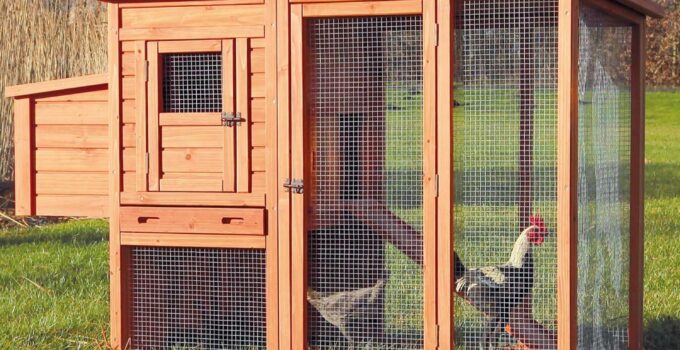Raising even a few chickens is many times more profitable. Besides the fact that you will always have fresh eggs and meat, they are a very good soil cleaner. There are a few mistakes people make when they start raising chickens. Here we primarily mean chicken coop set up. So let’s see how best to do this so that your chickens are happy – and you are happy with the number of eggs they will lay.
Breeding Chickens
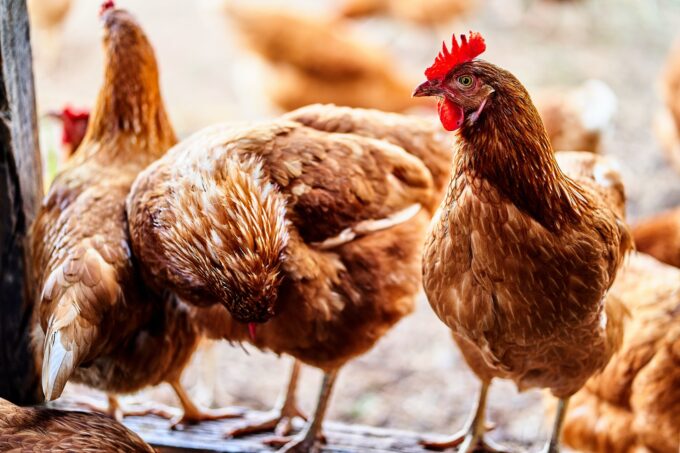
Source: unsplash.com
Laying hens for egg production are kept in the floor and cage holding system – although breeders are gradually switching to a more natural way of holding the chicken. The most important factor for successful chicken breeding is the purchase from a proven breeder. It is also important that the chickens are vaccinated and healthy.
Hens can be purchased as day-old chicks, 18-week-old hens that soon begin to lay eggs – and 13-month-old hens that are taken for household use. You should also choose a chicken breed depending on the conditions and methods of breeding. Light hybrids such as, for example, Leghorn – has a high carrying capacity that gives up to 300 white eggs a year but therefore has little meat.
On the other hand, there are combined meat-egg breeds that are solid carriers – and have enough meat. Some hybrids have the characteristic of using pasture for food, that is, food from nature. Therefore, you need to take into account which breed you are procuring and what kind of breeding you are planning.
Setting Up A Chicken Coop
Chicken coops should be prepared before getting chickens. If you make chicken coops yourself – you must know that they must be made of insulated and impermeable material. This is primarily important for better control of the microclimate. Each chicken coop is usually placed with 7-8 hens per square meter (10-11 square feet).
Such a facility should have a mat, nests – and a space with slats where the chickens spend most of the day and sleep in the evening. Wood shavings are used for the mat, and they can also be mixed with straw. The mat must stay loose and dry for as long as possible – that is, it should compact and stick as slowly and hard as possible with increasing humidity. The role of the mat is to absorb moisture from the feces – and create thermal insulation from the cold floor. It also serves as a good regulator of humidity in the building – because it absorbs excess moisture or releases it if the air in the building is too dry.
What Shouldn’t You Forget When You Set Up A Chicken Coop?
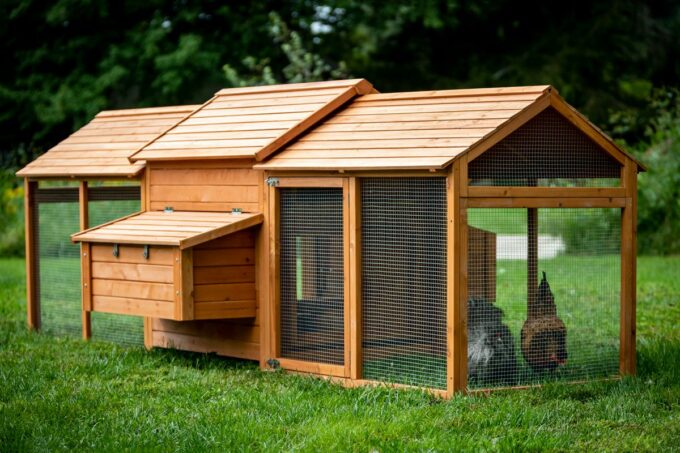
Source: mypetchicken.com
When setting up your coops, keep in mind that three required parts must be done. First, nesting boxes where each of them receives two to three hens. Also, the coop must have a closed part where the chickens will sleep – and be able to protect themselves from rain and other weather conditions. Finally, there is the third, free-space part where the chickens will be able to walk, peck – and have unobstructed access to water and feeders. If you make a chicken coop yourself, you should also consider the size of the door.
The door should be high enough – so that you can enter the chicken coop unhindered when cleaning or feeding chickens. Of course, this can sometimes be a daunting and difficult task – especially when you need to set up more chicken coops to grow more chickens. Therefore, according to www.aivituvin.com, a better option is to buy ready-made cage systems in which you have already implemented all the elements we talked about earlier.
Selection Of Materials For Building A Chicken Coop
Most people use recycled sawdust but it is not the best material for building a chicken coop. Namely, rough slabs, with small and large irregularities are very difficult to clean. Thus, the later maintenance of the chicken coop turns into horror. That is why it is better to think about materials that have a flat and smooth surface – because it will be much easier for you to clean and wash them.
External Access To The Chicken Coop
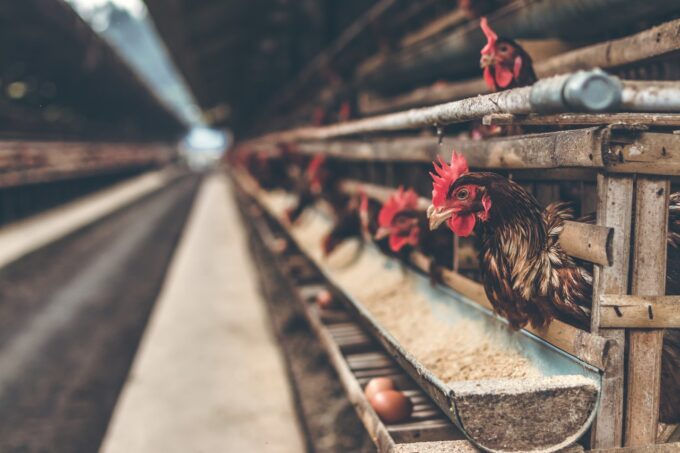
Source: pexels.com
Some models of large chicken coops can allow you to enter them to collect eggs. However, this can cause several problems. First of all, by entering the chicken coop, you cannot avoid chicken droppings – and you can transfer them to the house. Secondly, you will most likely upset the birds while looking for a free box for rest, and real chaos can easily occur. Instead, buy a prefab chicken coop with an outdoor box that opens. That way, you can pick up eggs, without disturbing the birds as they walk around the chicken coop.
The Most Common Problems
The most common problems are mainly related to the mat in the chicken coop. Mat problems occur in coops that do not heat up in winter. Due to low outdoor temperatures, the percentage of humidity in the air increases – and the mat dries more slowly. This leads to the appearance of bacteria and fungi that attack chickens – which has a negative effect on their health and productivity – that is, laying eggs.
Therefore, nests should be placed at the most distant and most peaceful ends of the coop – and should allow the hens to lay eggs without disturbance.
Take Care Of The Temperature
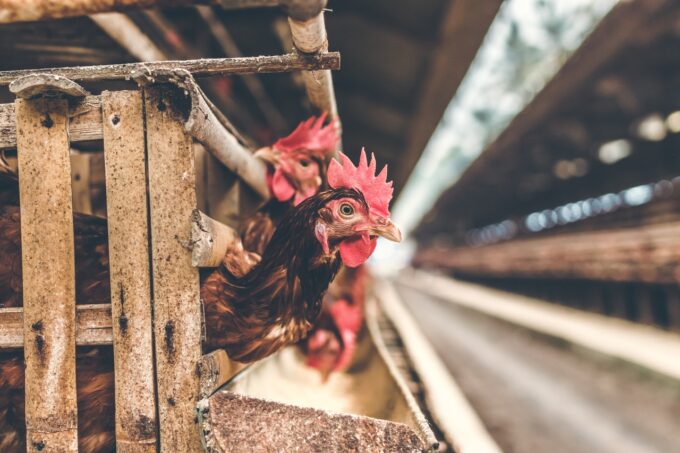
Source: pexels.com
The optimum temperature in the chicken facility is 50-60 degrees – and is considered to be the most ideal between 55-61 degrees. Chickens tolerate winter more easily than high temperatures – so most problems arise during the summer months when outdoor temperatures are high. The consequences of high temperatures above 91 degrees are reduced food consumption and poorer egg production. It is also necessary for the air humidity to be high at 65-75%. Optimal humidity in the building is achieved by proper ventilation – and it is of great importance to maintain hygiene, ventilation, and air exchange, but without drafts.
Lighting In Chicken Coop
In addition to natural light, the artificial lighting program stimulates egg-laying capacity. Therefore, it is necessary to gradually increase the length of lighting in the preparatory period. That way, light stimulation is started so that light, through the optic nerve, pituitary gland, and gonads, accelerates sexual maturation, ovulation, and laying eggs.
Once the light stimulation is started, the light day of the chicken should never be shortened – and it should last about 14 hours. It is best to regulate the light according to natural lighting – that is, to successively extend it in the afternoon and evening.
The Bottom Line
Good breeding of chickens, from the moment they hatch from eggs – is crucial for obtaining a healthy and productive flock. Although there are different ways of commercial breeding chickens – a prerequisite for obtaining a healthy flock is to respect some basic hygiene rules, but also to provide optimal conditions in breeding facilities. Therefore, we hope that some of the things we suggested will be helpful to you.

